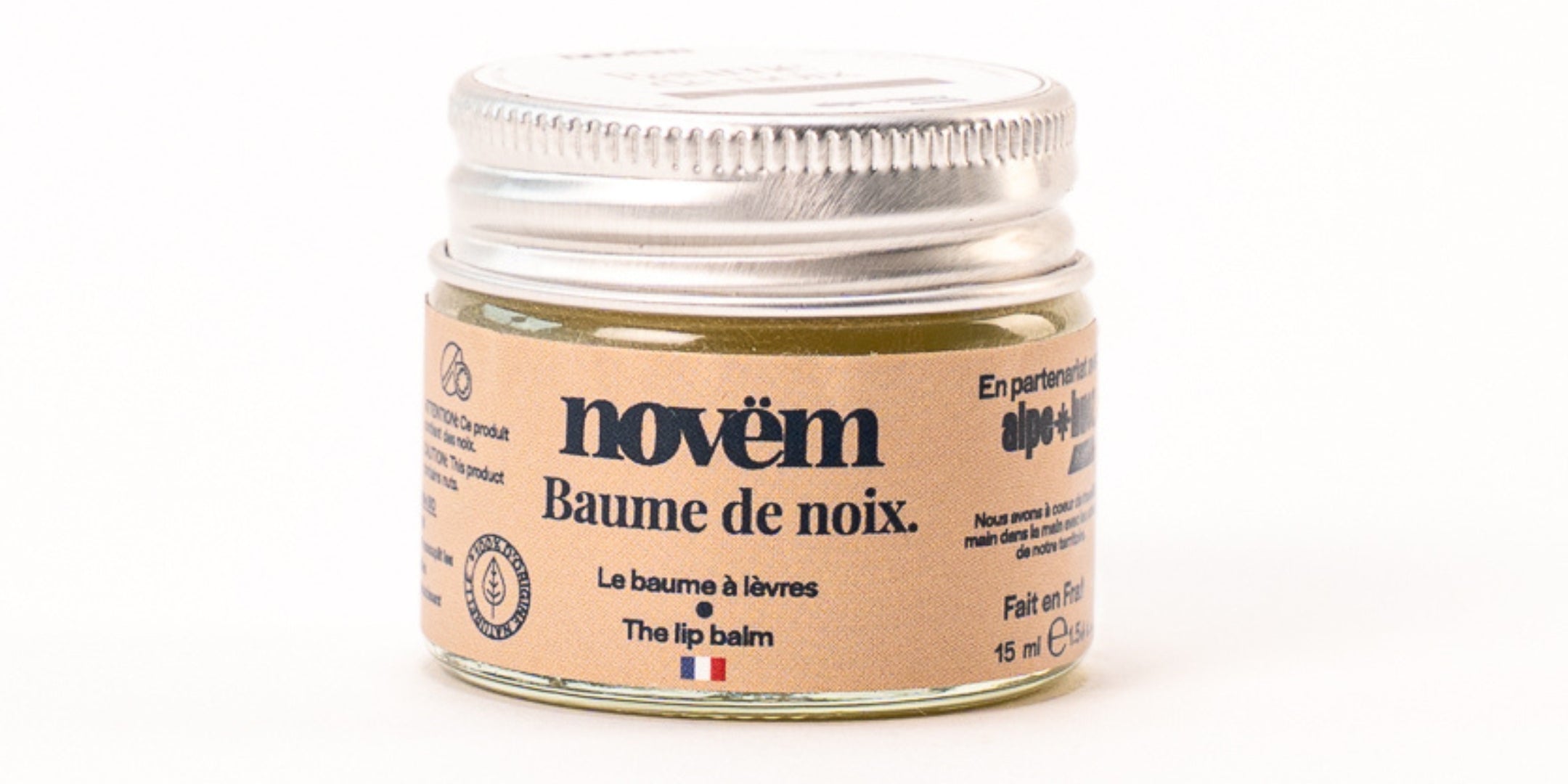The Noix de Grenoble AOP is a culinary treasure recognized for its exceptional quality and unique flavor. In this article, we'll delve into the fascinating history of this nut, explain the PDO (Protected Designation of Origin) designation, and highlight the many benefits it offers. Hold on tight, because you're about to find out everything you need to know about this delicious nut.
History of the Walnut
The Walnut has a rich and ancient history dating back centuries. The first walnut trees are believed to have been introduced to the Grenoble region of France by the Romans. Over time, the unique climatic conditions and soils of this region proved ideal for growing walnuts. Local farmers developed special growing techniques to improve the quality of the nuts, and thus the fame of the Walnut began to spread.
Protected Designation of Origin (PDO)
The Grenoble Walnut benefits from an AOP designation, which means that it is protected by strict legislation to guarantee its quality and origin. To obtain this designation, the nuts must be grown, harvested and processed using traditional methods in a specific geographical area, which mainly includes the departments of Isère, Drôme, Ardèche and Savoie. The nuts are subject to rigorous controls throughout the production process to ensure they meet the highest quality standards.
Health Benefits
In addition to their delicious flavor, AOP Walnuts offer many health benefits. They are rich in polyunsaturated fatty acids, such as omega-3, which are essential for cardiovascular health. Nuts are also an excellent source of vitamins and minerals, including vitamin E, magnesium, copper and zinc. These nutrients help strengthen the immune system, improve bone and skin health, and promote healthy brain function.
In addition, Walnuts are a source of dietary fiber, which promotes digestion and contributes to satiety. They are also rich in antioxidants, which help protect the body's cells from damage caused by free radicals. Studies have also shown that regular consumption of nuts can reduce the risk of cardiovascular disease and certain cancers.
Culinary uses
Walnuts AOP are versatile in cooking and can be used in different ways. It is delicious when eaten plain, as a healthy and nutritious snack. Nuts can also be used in the preparation of many dishes, such as salads, pastries, sauces, vinaigrettes and even in main dishes.
In addition to their delicious taste, Walnuts add a crunchy texture and rich flavor to any dish. They go particularly well with cheeses, dried fruits, chocolate and green vegetables. You can also turn them into nut butter for toast or incorporate them into homemade granola recipes for a crunchy touch.
Walnuts AOP are much more than just a nut. It is the fruit of a long tradition, fertile lands and unique climatic conditions. Thanks to its AOP designation, it guarantees superior quality and authentic origin. In addition to its delicious taste, it offers many health benefits, thanks to its high content of fatty acids, vitamins, minerals and antioxidants.
Whether you eat it plain or incorporate it into your favorite recipes, Walnut AOP is a precious ingredient that brings a touch of refinement to your dishes. So, the next time you bite into a nut, remember its whole history and all the benefits it offers you.



























